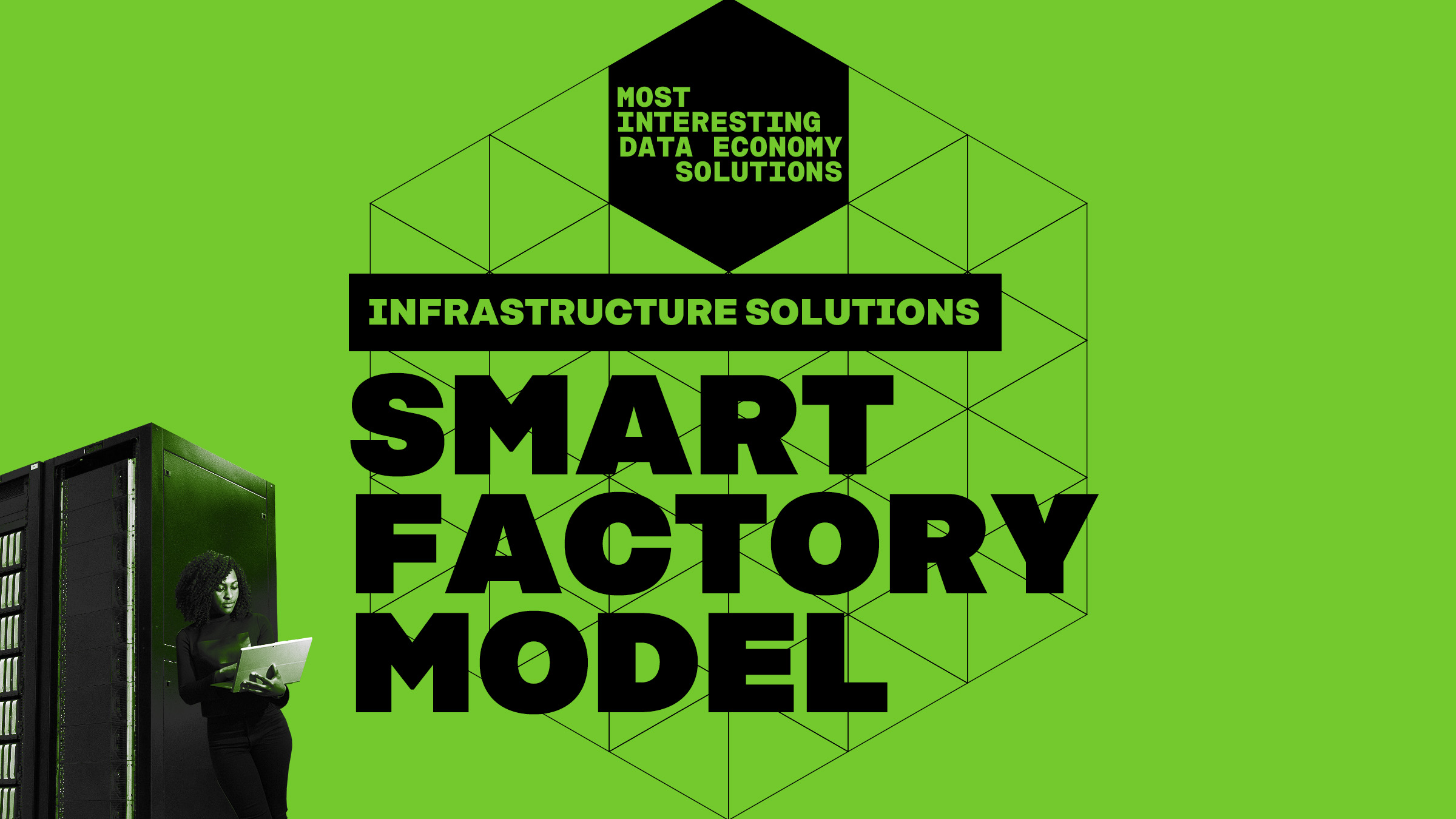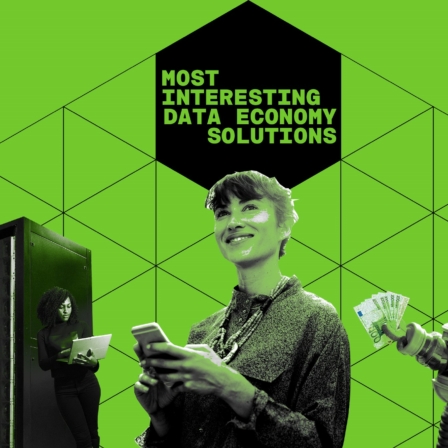Sharing data in an industrial environment is not always simple. The industrial plant contains information that could be shared with partners and thus improve the efficiency of the plant’s operations. On the other hand, sensitive information from manufacturers can be accessed from the same devices.
“Companies are reluctant to share their data if they don’t have full control over what it will ultimately be used for. Even information that seems of little value in the hands of the data recipient can find uses that the sharer has not thought of,” says Juha Kuusela, Danfoss Software Representative.
Konecranes, a manufacturer of industrial cranes, Danfoss, a manufacturer of frequency converters, and Fastems, a supplier of automation solutions, tackled this problem with their equipment control model.
In the model, industrial companies experimented with sharing data with each other to automate the production process in a prototype smart factory built by Konecranes. A smart factory is an automated production line that monitors and controls itself.
And they succeeded: Konecranes’ cranes, the equipment supplied to the factory by Danfoss and the Fastems control system communicated with each other and acted on the basis of information received from production.
“So, we made the control of the system data-driven. Manufacturing not only produces more data, but is also data-driven, which is potentially really beneficial. It helps you to do the right things at the right time,” says Kuusela.
First and largest experiments of its kind in Europe
The experiment was part of the InDEx research programme, led by the industrial innovation platform DIMECC. It brings together industrial companies and research. In the InDEx programme, the aim of cooperation between Finnish industrial companies was, among other things, to use data more efficiently.
The experiment tested data the European Industrial Data Space (IDS), which was used to transfer and process data generated by Fastems and Danfoss devices. In Finland, this data space is managed by VTT Technical Research Centre of Finland, and it facilitates the reliable sharing of data between different organisations. Data spaces define common principles and rules for sharing and exchanging data.
“We have found that IDS enables secure and flexible data sharing in an industrial environment. This was one of the first and most extensive trials of the platform in Europe,” says Seppo Tikkanen, Research Programme Manager at DIMECC.
Using the European Industrial Data Space (IDS), data on the plant’s operations can be easily shared with selected third parties. It can also be exported as a digital simulation of the factory, the so-called digital twin. With the help of a digital twin of such a factory, it is possible, for example, to calculate the energy consumption of manufacturing process and use the data thus obtained to control production.
“If operational, the smart factory would be even more productive”
Data sharing was tested in a situation where the parties were already collaborating. Danfoss’ Kuusela points out that normally during the development phase of a data-sharing system, the users or needs are often unknown.
“It is essential to find solutions that can expand or reduce access to data over time. IDS makes it possible to identify users and manage data flows very accurately,” says Kuusela.
According to Tikkanen, the experiment was driven by the idea that in the future, solutions using the IDS platform would be available not only in the factory environment, but also in logistics, cities, traffic control and healthcare.
Originally, the smart factory model was an experiment to see if the platform would work for the desired purpose at the factory.
“If it worked, the smart factory would become even more productive. The platform was new, and we were among the first to test it, which was reflected in its level of maturity. The platform still requires further development in order for the model to be ready for real-world use, but we gathered valuable experience,” says Tikkanen.


